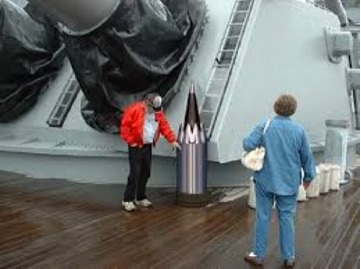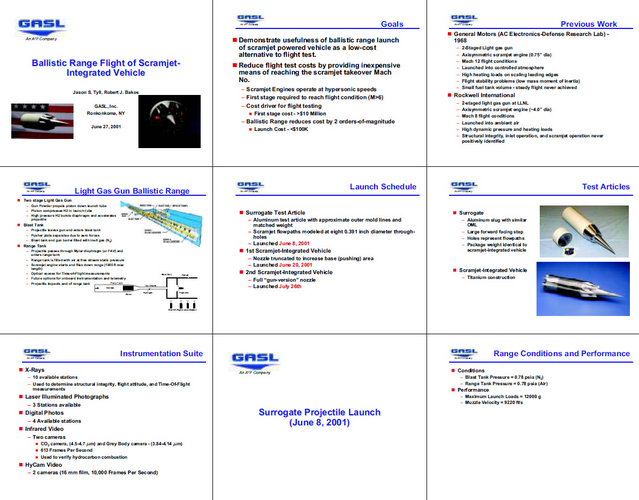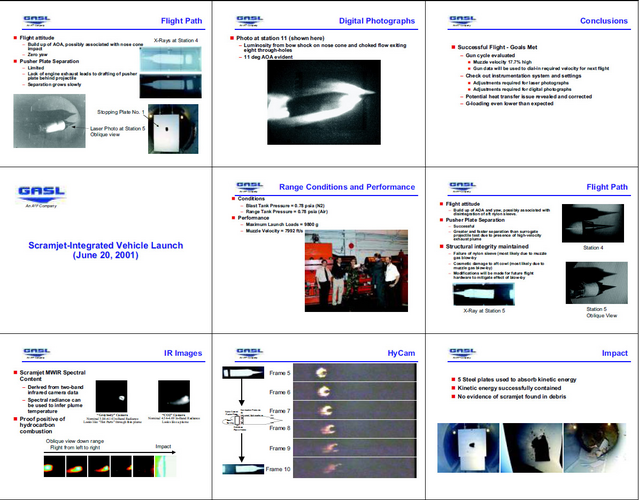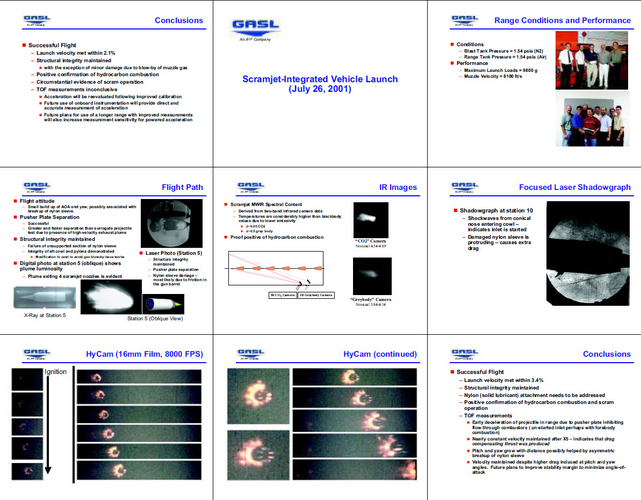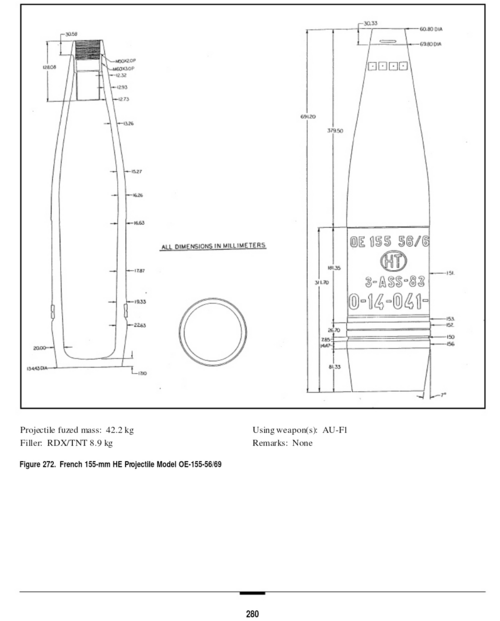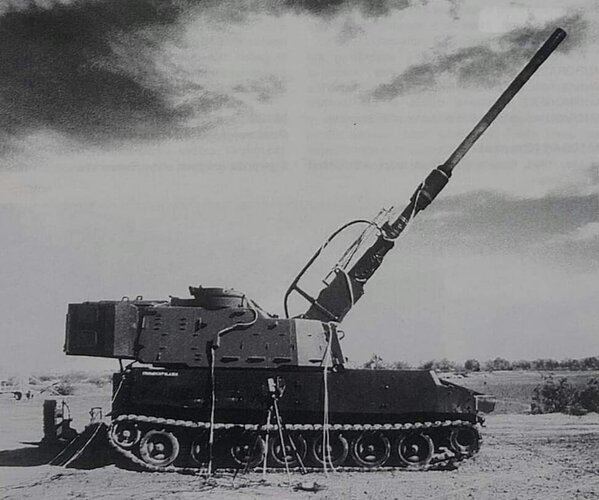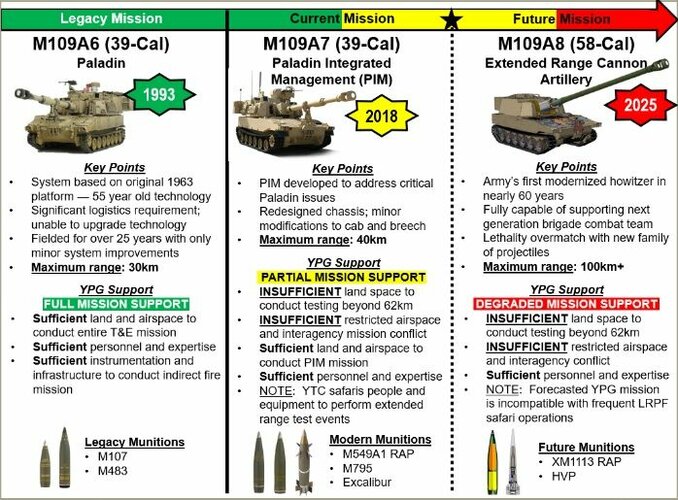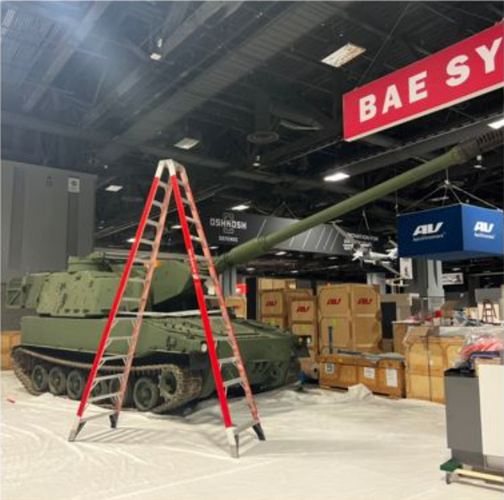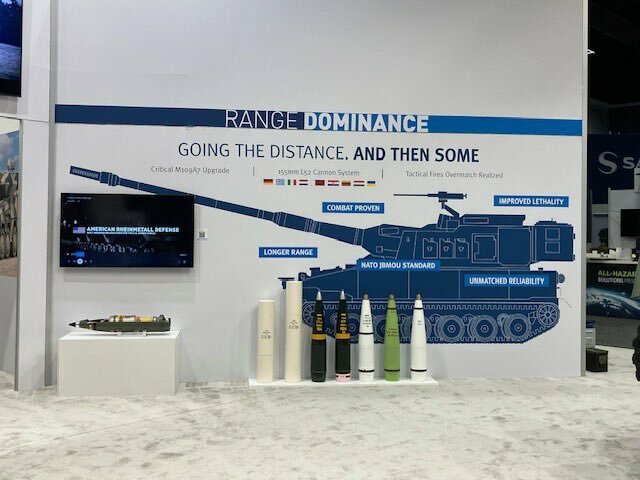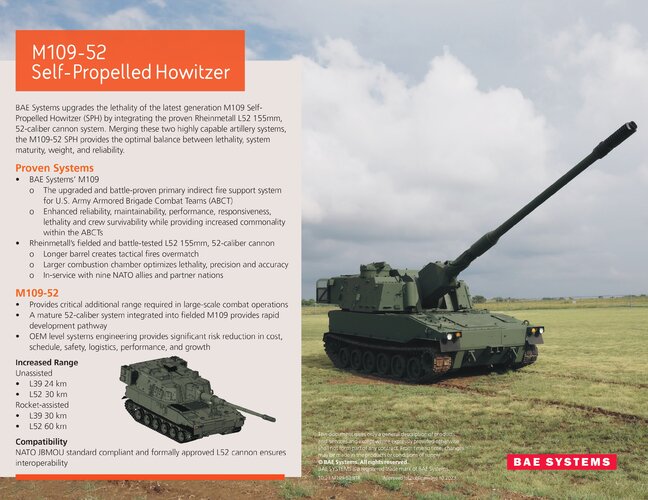chapter 1:ITS A DISASTER!
In the 1979-1989, the main 155mm guns of the US Army were the M198 towed howitzer and the M109/109A1/A2/A3/A4/A5 self-propelled gun, the specifics of which are easily accessible and will not be described in detail here.
There are, however, a number of details worth noting:
The M109 developed to roughly the M109A5 stage towards the end of the Cold War.
View attachment 702107
Of these, the M109A2/3, which entered service in 1979, was fitted with the 39x M185 howitzer, which could fire the 30km range M549 rocket-extended projectile.
The M109A3 was an upgrade from the M109/109A1 to the M109A2.
View attachment 702105
It was not until 1989 that the M109A4 became available for NBC triple defence(`Δ´)!
The M109A5, which entered service in 1990, was able to withstand the chamber pressure of the "Super 8 charge", which made it compatible with the new generation of shells such as the M795 (although the M795 did not enter service until the late 1990s) and had a range of up to 22.5km (M795 howitzer): 30km (M549A1). range.
View attachment 702111
More importantly, of course, the M109 did not have an automatic loader and had a ridiculously poor rate of fire.
View attachment 702108
On the other hand:
View attachment 702109
The M198 heavy gun, which entered service in 1979, weighed 7.154 tons and had a range of up to 30km from the M549A1 rocket-extended projectile and 22.5km from the M795. However, the US Army's M107 shell was so poor in the Cold War that it could only hit conventional grenades for less than 18km, roughly the same level as the D20, and was completely crushed by the performance of the new Soviet 2A65.
TIPS:
View attachment 702110
The German DM121 (left) is essentially the British L15A1/2. The L15 is the new generation of NATO high charge density ammunition that was finalised with the FH70, the comparison on the right is the older US made M107 shell.
The L15A1/2, with a total weight of 43.5kg, of which 11.3kg is explosive, has a charge density of 26%!!! This is close to the famous B4 203MM heavy howitzer, which had a charge density of around 10-15% during WWII.
The core reason why they could hold so much explosive was that the British had overcome the technology of ultra-high strength thin-cased shells in the 1960s. Compare this to the US Army's Cold War-era M107 conventional grenade, with a total weight of just over 43kg, only 6.8kg is explosive, and the load density is only 15.8%, which is just a little better than WWII levels∑ (´△`)?!
TIPS2:
You may ask why the US Army is not using the M549 across the board to replace the less effective M107 or even the M795?
Because the M549 series of rocket range extenders are actually very expensive - the M795 costs only $333 per round (in 90s currency), while the M549A1 costs $995 per round (in 90s currency), which is three rounds of M795 per round, and without a precision-guided end system, the accuracy of the M549 is abysmal.╯▂╰
View attachment 702112View attachment 702113
Add aII reasons together resulted in the US self-propelled artillery and to towed artillery during the Cold War,IS A DISASTER!! And arguably the worst of any NATO country !!!!!( ゚皿゚)
next chapter is about famous FH/SP70series and RUS 2A65 /2S19
COMING SOOOOOOOON
